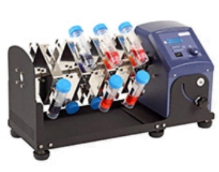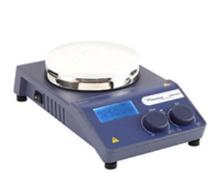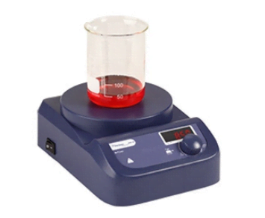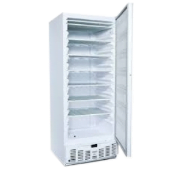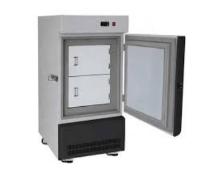Low Speeds for Gentle SeparationsProvides lower speed options for processing delicate samples or performing separations requiring minimal force, such as clarifying cell lysates
This table highlights the key functionalities of a High Speed/Low Speed Research Centrifuge. It emphasizes its versatility for diverse applications, ability to handle both high and low speed centrifugation needs, the use of interchangeable rotors (in most models), improved resolution at high speeds, control over sample processing through speed selection, and programmable operation (in most models).
| Feature | Benefit |
|---|---|
| Versatility for Diverse Applications | Accommodates a wide range of centrifugation needs by offering both high and low speed settings |
| High Speeds for Efficient Pelleting | Attains high speeds (often exceeding 15,000 rpm) for effective pelleting of dense particles like bacteria, viruses, and cellular components |
| Interchangeable Rotors (in most models) | Allows for using various rotor configurations to accommodate different sample types and volumes, maximizing flexibility |
| Improved Resolution (at high speeds) | High speeds enable better separation of components with similar densities, crucial for techniques like subcellular fractionation |
| Control Over Sample Processing (through speed selection) | The ability to choose between high and low speeds allows for optimizing centrifugation protocols for specific samples and desired outcomes |
| Programmable Operation (in most models) | Enables setting specific centrifugation parameters like speed, time, and acceleration/deceleration rates for reproducible results |


